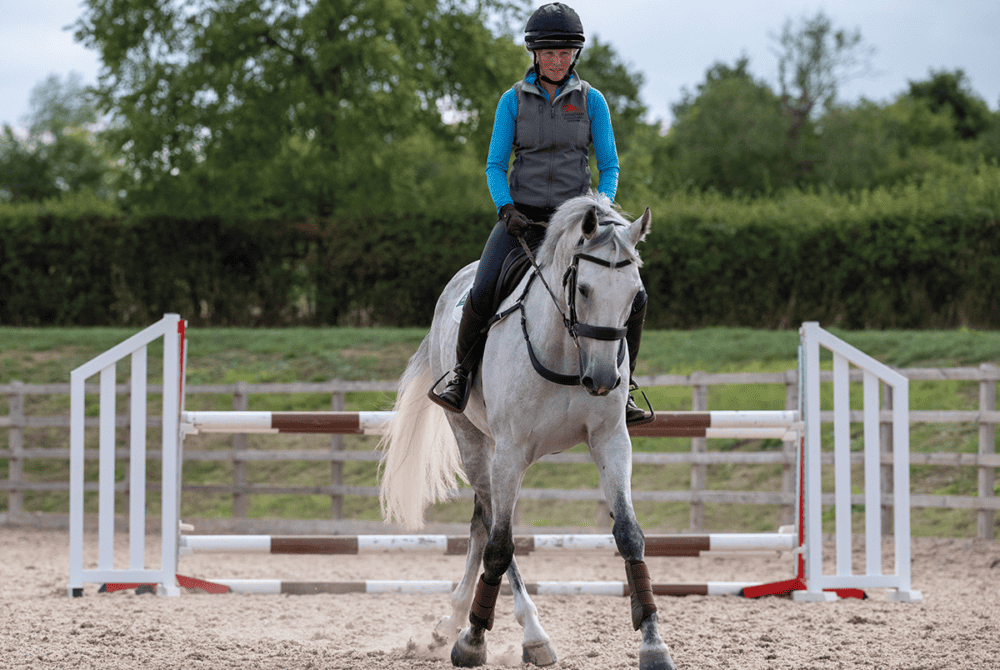Warm up wisely
Posted 15th May 2023
Veterinary physiotherapist Harriett Wareham shares her five favourite ways to upgrade your warm-up routine – get ready to reap the body-boosting benefits!

It might not be anybody’s favourite part of a ride, but the warm-up is vital for setting the scene for what’s to come. Physiologically, your horse’s warm-up works to reduce and prevent injury during his work, while mentally, it allows you to get your horse in the zone and ready to metaphorically sit at his desk.
The science behind it
The warm-up helps to get blood and oxygen pumping through your horse’s body and ensures his muscles, tendons, ligaments and fascia are elastic and warm. A lack of elasticity will restrict range of moment and, if his muscles are tight, you won’t get the flexibility from him that you need to start asking him to do anything more difficult.
Your warm-up period also gives you time to assess how your horse is working. Is he moving well? Is he offering a balanced, rhythmical, pace? If he feels lazy or reluctant, is he okay? If you do a similar warm-up regime each time, you can compare how he’s feeling from one day to the next. How does he normally feel at the end of that 10 minutes? If he doesn’t feel as good as usual, consider why. Was it a particularly rowdy night in the field? Has a new horse joined the herd? Has he been in longer than usual?
Out-of-the-arena essentials
While I encourage riders to do plenty of walk work outside the arena, if you’re able to incorporate the following into your horse’s warm-up or hacking routines, they’ll help you upgrade his workout – you could include them in your in-hand or long-reining routines, too…
- riding through long grass Increase your horse’s range of movement by alternating between working on short and long grass. The taller grasses will encourage your horse to take bigger steps, much like a polework session in the arena. To step through the grass, he’ll have to lift his abdominals and drop his head, giving his topline a thorough workout – just don’t forget to take him onto the shorter grass from time to time to give him a break
- incorporating hillwork Riding up and downhill loads your horse’s hindquarters more and builds the muscles in his hindquarters. Start with gentle inclines and gradually increase the gradient. This is a super-effective conditioning method you can do year-round, as you’re only asking him to walk, so you can do it when the ground’s hard, soft, wet or dry
Did you know?
Walk is a good rehab pace because your horse has to bear weight evenly on each leg, which he doesn’t have to do in trot or canter.
TOP TIP
If your horse is quite wobbly or finds straightness work tricky, spend longer on straight-line work and less time on circles and serpentines.
Discover more top warm up tips from physio Harriett Wareham in June Horse&Rider – get your copy today!











